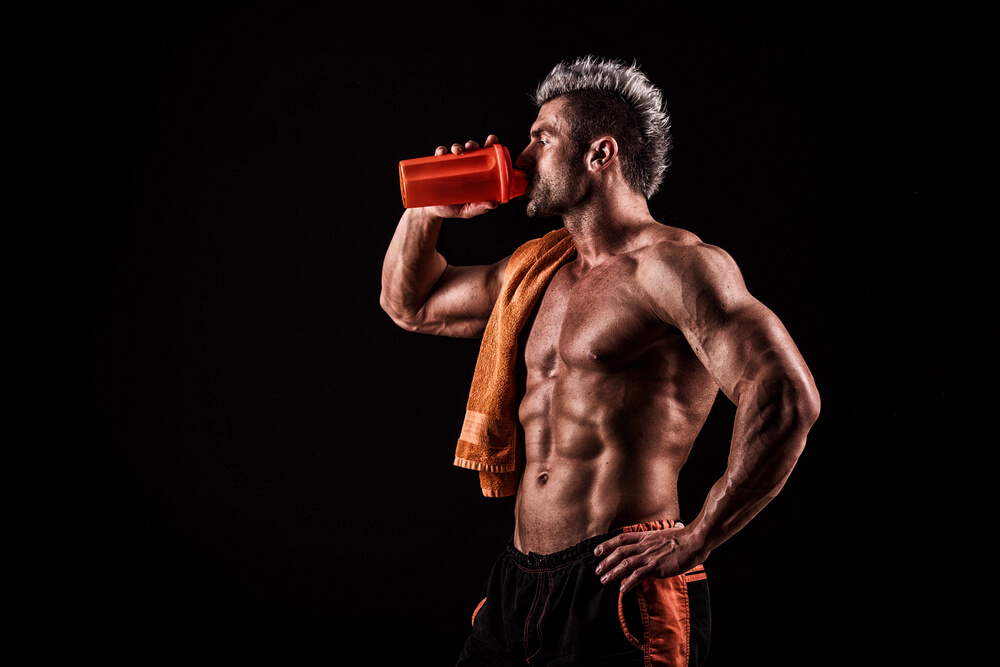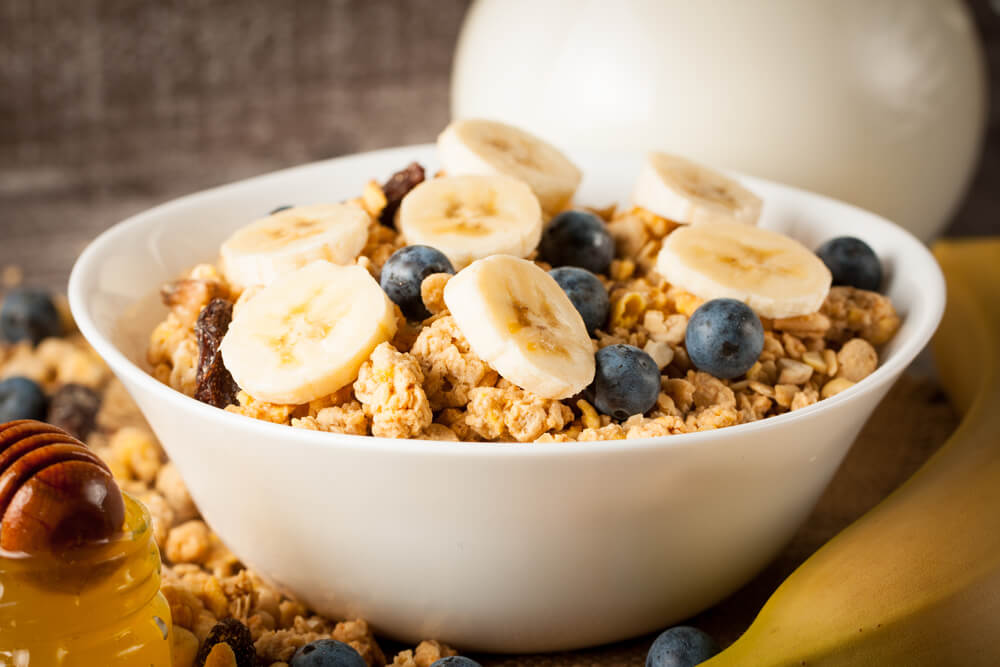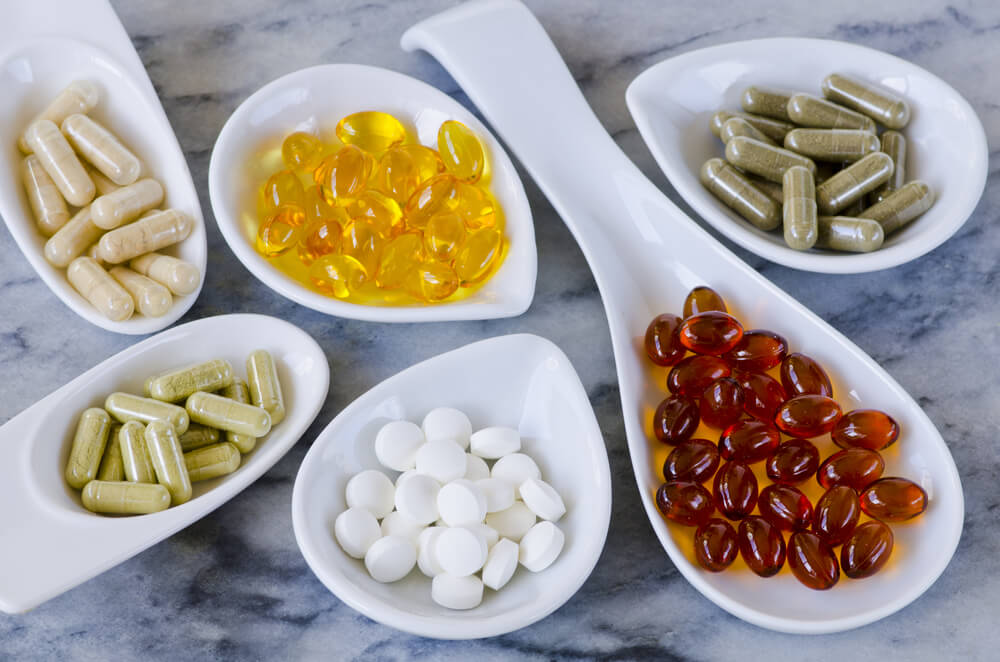
Chances are, your post workout is on track. What about the top pre-workout tips? Are you doing what you need to do? Don’t worry. We break down what you need to do to succeed.
With all the hard work you put in at the gym and at home, wouldn’t you want to get the most out of it?
Believe it or not, you might be able to get better results by just changing a few things and even adding a few healthy supplements to your daily regimen.
This is a topic that’s all over the place.
What should you be doing prior to a workout?
Should you take supplements?
If so, what do you need to take?
We will help you get the answers to those questions and explain in detail everything you need to know about your pre-workout life. Whether you get your gnc pre workout, order online, or simply get it from food.

Before You Start Your Workout, Here Are A Few Top Pre-Workout Tips
As a CPT I’ve seen it so many times. Newcomers at the gym (even some of the more seasoned members) head right for the weights or weight machines and jump right in with both feet. This may be fine if you did your warm-up on the way to the gym, but if you didn’t happen to jog all the way there, you should really reconsider heading right to the Smith machine before your muscles are primed.
Also, did you eat or drink anything on the way?
That can be a big issue too if you answered no.
Why?
Don’t worry. I’ll tell you why you should not ignore that growling tummy prior to your workout, what you should be eating and when you should eat it.

This Is Your Pre-Workout Meal
You can’t run your car on an empty tank. Why would you want to work your body with nothing in your system?
Trust me, you don’t.
If you’re going for gains, then you are doing yourself a major disservice by going at it on an empty stomach. It’s vital that you eat a slow to moderate digesting form of carbohydrates such as oatmeal, Ezekiel bread or brown rice.
Why?
These will provide energy throughout your workout and will work to prevent your body from tapping into your muscle stores to use as alternate sources of energy.
The right time to consume these slow digesting carbs is at least one to two hours prior to your workout. This will give your body sufficient time to begin digestion and process the carbs into readily available energy. If you eat to close to your workout session and your digestion is not far enough along, this will cause the blood to rush away from your stomach, where it is needed, and to the muscles, you are working, resulting in stomach cramps.
Another great addition to your pre-workout meal is a fast acting carb for readily available energy to kick-start your workout. A few healthy choices would be oranges, apples, and bananas. Oranges are packed full of vitamin C and electrolytes. They are a great choice for quick energy. That’s why you may have seen bodybuilders sucking on oranges or eating them whole before a workout.
Let’s not forget one of the most vital components in building muscle. You guessed it, protein!
Protein is the building block of the body. It’s found in every cell from your hair, nails and skin to your bones, muscles and cartilage. It plays a vital role in hormone production along with the production of enzymes and other chemicals in your body.
It is important in maintaining a positive nitrogen balance. This is needed to stimulate protein synthesis.
The best way to achieve anabolism, which simply means building up muscle, is through the consumption of complete proteins. These are proteins that contain all nine of the essential amino acids. They are histidine, isoleucine, leucine, lysine , methionine, phenylalanine, threonine, tryptophan and valine. A few animal sources of complete proteins are eggs, chicken, turkey, and milk. Plant sources of complete proteins include quinoa, buckwheat, and soy. It can also be great to have gummy bears before or after workout.

This Is Your Warm-Up
I’ve heard it time and time again, mostly from those who lift, that warming up is a waste of time and energy. The excuse is usually that a warm-up will take away from the energy needed for heavy lifting, but actually it’s a great way to get your heart pumping and get you hyped up for that grunting session.
A good warm-up over by the free-weights section is something you rarely see anybody do anymore. It seems to have become a lost and forgotten element of weightlifting. But it’s not a very wise choice to just throw 225 on the bar and go for it.
Why?
When your muscles aren’t warm, there is a greater chance of injury and prolonged muscle soreness after your workout. Not completing a proper warm-up can also inhibit your lifting performance.
A good warm-up should last about five minutes where you are sure to get the heart rate elevated. When you get your heart rate up, it will start pumping more blood and oxygen throughout your body, including into your muscle tissue. Your muscles will become pliable and more flexible, allowing for better range of motion and lifting performance. Warming up also prepares your tendons and ligaments, lubes your joints and has quite a few mental benefits.
Don’t worry. Your weightlifting buddies aren’t going to catch you doing windmills, toe touches or the first five minutes of a Jillian Michaels video while you are getting your muscles prepped.
Why?
You can warm-up right by the weight rack. That’s right!
There is nothing wrong with doing warm-up reps with an empty (or close to empty) bar before putting on a heavy load. You can also squat with an empty bar or deadlift with it. Just prepare your body first and your body will thank you later.

Stretching Is Key
In most cases, stretching is just as important as warming up. Stretching should be done after your warm-up or you can do active stretching with your warm-up. Either way, it’s a good idea to get it done for many reasons. As mentioned, when your muscles are warm, they are more pliable and flexible. This will allow you to perform better in any activity. Stretching cold muscles can cause muscle tears and injury.
Before a weightlifting session, dynamic stretching is best. What you do not want to do is static stretching (holding the stretch for a period of time) before a session. This is a big mistake for many reasons. Static stretching before weightlifting does not reduce soreness. It also doesn’t warm up your muscles and it does not put you in the right state.
You can also stretch while you are in your lifting session. But, if you do, make sure to stretch the agnostic muscle of the one you’re working. For instance, if you are doing leg presses, stretch your hamstrings. Or, if you are doing bench presses, stretch your lats. Otherwise, stretching the muscle that is about to be used can inhibit your full strength potential.

Hydration Matters
We all know by now that water is life. Without it we would most definitely not be here. Our bodies are roughly 65% water. Water is found in every cell, tissue, and organ in your body. Your body is constantly losing water through excretion, respiration, and perspiration. If you do not replace this water, then you’re going to do a lot of damage to your body.
People who are more likely to become dehydrated are those who work out in the sun, are nursing and those who do a lot of exercises. A few signs of dehydration include headache, dry mouth, dizziness, fatigue, and confusion. If you think you may not be getting enough water during the day, a good way to tell is by looking at your urine. If the color is very light yellow or clear, you are fine. But, if your urine is dark yellow or amber, then you will need to increase your water consumption.
The average person should consume at least six to eight glasses of water per day. This does not account for active people, those who are nursing or people who work outside in hot weather. In those cases, water consumption should be increased significantly.
Hydration before your workout is a good idea.
Why?
You will more than likely lose a lot of water content in your body through heavy breathing and sweating. It’s a good idea to drink water before, during and after your workout to make sure you get a sufficient amount.
Water increases performance in your workout by regulating your body temperature. It also prevents your heart from having to work very hard to pump blood to your body. Water aids in the transport of much-needed oxygen and nutrients to your muscles, making it possible for you to workout longer and stronger.

Get Your Pre-Workout Supplements
This is always my favorite part, narrowing down exactly what you need based on your goals. There are literally thousands of supplements out there. From various types of protein powders to pills, drinks and protein bars, you have plenty to choose from.
So what’s the right one for you?
That will depend a lot on your prefere Why?
Your body is going to require this instant energy to get you through.
If you are choosing a protein shake/powder, then you should know that studies show having whey and casein together are the way to go. The shake/powder should have between 25 to 50 grams of protein per serving. It should also contain some fast acting carbs in a ratio of 1:1 with the protein to drive your energy levels.
A few supplements you might want to consider as stand-alone supplements, or mixed in with your shake, are creatine, beta-alanine, and cordyceps. These will boost your strength in the short term.
If you are looking for a supplement to boost your energy as well, one that contains caffeine is always a good choice. A more specific form of caffeine called caffeine anhydrous comes in a powder form and can also be found mixed into certain protein powders. Research shows that it will increase your energy and strength.
BCAAs are yet another energy boosting supplement with countless other benefits. This is a common additive in popular protein powders. It’s absorbed more readily in your system by bypassing your liver altogether and going directly to your working muscles.
Arginine and citrulline, when taken together, will boost your body’s NO (Nitric Oxide) production. This, in turn, will allow your blood vessels to expand, making it possible for more blood and oxygen to reach your working muscles.
A few other ingredients to look for in your powder are brain enhancers like tyrosine for boosting your mood and choline, which improves your memory. And, if you are looking for a fat burner, be sure that your powder includes raspberry ketones. This boosts your metabolism and capsicum (also known as capsaicin), which also helps increase your metabolic rate so you burn more calories naturally.
Do not let all of these ingredients confuse or discourage you because it is quite easy to find an all-in-one protein powder that contains all or most of them. This is a quite popular mix because many companies know and provide what the consumer needs for the ultimate pre-workout shake.
Conclusion
After everything you’ve read, it is important to understand that everybody responds differently to the various aspects of pre-workout routines, meals, drinks, supplements, etc. It’s best to test yourself and see what works for you. Stay safe, nourish your body and enjoy your success in the gym.
By Heather Neff, CPT
Latest posts by Terry M (see all)
- Garage Gyms - Aug 1, 2018
- Kettlebells – Why They Should Be Added To Your Routine. - Jul 24, 2018
- Weight Belts: What Are They Really For? - May 31, 2018











he 10 SIMPLE MOVES that will bring Vitality back into your life so that you can be strong, active, & energetic for yourself and loved ones.
http://tinyurl.com/hedtz3d
Very nice and useful tips, thanks a lot! I found some great supplements here http://www.supplementscience.net/ for workouts and I am progressing very nicely, and I am very satisfied with the results 🙂 If anyone needs help with supplementation you can go and check them out
I want to start working out now for body wellness. I am starting to go to the gym now.
I am not sure how I often should I go. i really need this pre-workout tips.
Good luck Holly email us if you need any help 🙂 [email protected]
Terry Asher
By planning ahead and warming up properly, you’ll have a more effective workout. Also it will be less susceptible to injury and produce the results you desire.
[…] of L-Citrulline Mallate – allowing you to benefit from intense muscle pumps as you work out. Caffeine Anhydrous (when sensibly dosed between 150 – 200mg per serving to avoid energy crashes and jitters) will […]
[…] Creatine isn’t a fast vitality increase although. It takes your physique a while to start absorbing creatine and to make it available. Whilst you ought to comply with the really helpful dosage on the product label, you’ll ideally wish to add creatine to your morning complement routine after which add some to your pre-workout drink. […]
[…] you must add creatine to your pre-workout drink. This can assist you squeeze extra out of your lifts. You also needs to take into account a […]
I didn’t know that there was a specific ratio you had to adhere to. I am looking to up my bench. I’ll have to try pre-workout for extra energy.